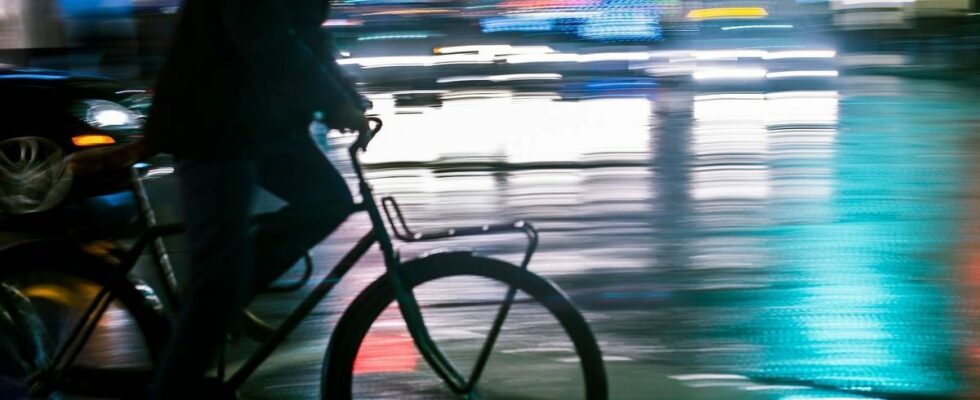Published on
updated on
Reading 1 min.
With the days getting shorter, it is more vital than ever for cyclists to be seen by other road users. However, despite more and more adapted infrastructure, cycling at night remains dangerous in large cities.
Although cycle paths are developing in European metropolises, many cyclists continue to be afraid of cycling after dark. In Dublin, an awareness campaign was launched, reminding Irish cyclists to remember to turn on their bikes as soon as it gets dark. It is also a legal obligation to turn on a red rear light and a white or yellow front light during lighting hours in the city, from 30 minutes after sunset until 30 minutes before sunset. sunrise. As winter approaches, it is essential for cyclists to light up and therefore check that all their lights are working properly.
But the visibility of cyclists is also a matter for municipalities. In another European capital, Brussels, almost two thirds of residents (62.6%) believe that cycle paths are not sufficiently lit, according to a survey carried out by the iVOX research firm on behalf of AG Insurance.
Greater safety therefore requires both better equipment for cyclists and perfectly lit infrastructure. As a reminder, in France, it is obligatory to equip your bike with several reflectors, at the front and rear, but also on the wheels. If this is not the case, you risk a fine of up to 38 euros.
Outside urban areas, it is also obligatory to wear a retroreflective vest when traveling at night, or during the day when visibility is insufficient. In the event of non-compliance with this rule, the fine can rise up to 150 euros.
